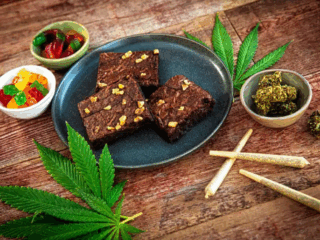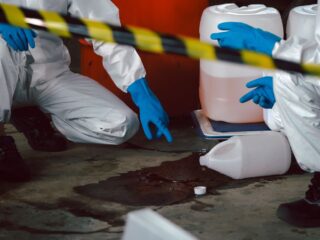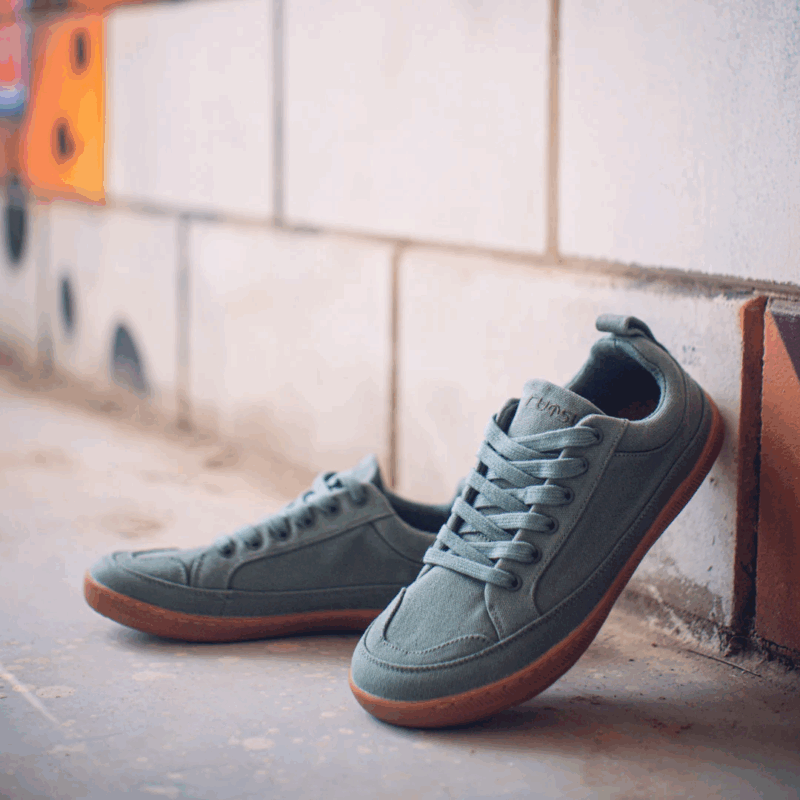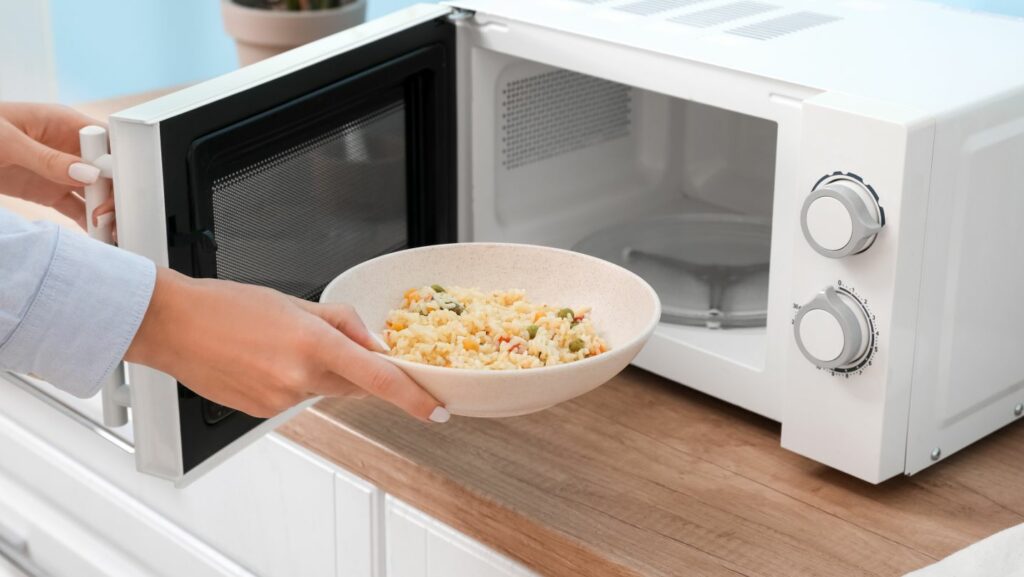
Have you ever wondered how long it takes to boil a cup of water in the microwave? I’ll walk you through the steps and provide some insights on the timing. Boiling water in the microwave is a quick and convenient way to heat up water for various purposes, such as making tea or coffee, cooking instant meals, or even sterilizing utensils. But how long does it actually take?
To begin with, it’s important to note that the amount of time it takes to boil water in a microwave can vary depending on several factors. One crucial factor is the Power of your microwave. Higher-wattage microwaves generally heat up water faster than lower-wattage ones. Additionally, altitude can also affect boiling time due to changes in atmospheric pressure.
On average, it typically takes around 1-3 minutes to bring one cup (8 ounces) of water to a rolling boil in a microwave with standard power settings (around 1000 watts). However, this is just an estimate and can vary based on individual microwaves and external factors.
How Long To Boil 1 Cup of Water in Microwave
Choosing the Right Power Level
When it comes to boiling water in the microwave, selecting the appropriate power level is crucial. Most microwaves offer a range of power settings, usually ranging from 1 to 10. Here are some guidelines to help you choose the right power level:
- High Power (10): This setting is ideal for quickly heating or boiling water. It’s the most common choice when you need hot water for beverages like tea or coffee. However, using high Power may result in uneven heating and potential boiling over.
- Medium-High Power (7-8): If you prefer a slightly gentler approach, this power level can be effective for boiling water while minimizing the risk of spills or splatters.
- Medium Power (5-6): When you have a bit more time and want to exercise caution, medium Power is a good option. It provides slower but more controlled heating, reducing the chances of your water suddenly reaching its boiling point.
- Low Power (3-4): This setting should be used when patience is key. Low Power ensures gradual heating and helps prevent excessive bubbling or overflowing.
Factors to Consider when Setting the Microwave Power Level
Several factors come into play when determining which microwave power level suits your needs best:
- Quantity of Water: The amount of water being heated can influence how long it takes to reach its boiling point and whether a higher or lower power level should be employed.
- Type of Container: Different materials conduct heat differently, affecting how efficiently heat transfers from the microwave to your water.
- Microwave Wattage: Higher-wattage microwaves require less time to boil water compared to lower-wattage models. Adjust your power level accordingly based on the wattage of your microwave.
- Desired Boiling Time: If you need boiling water quickly, a higher power level will expedite the process. Conversely, if you have more time to spare or want a gentler approach, opting for a lower power level can be beneficial.
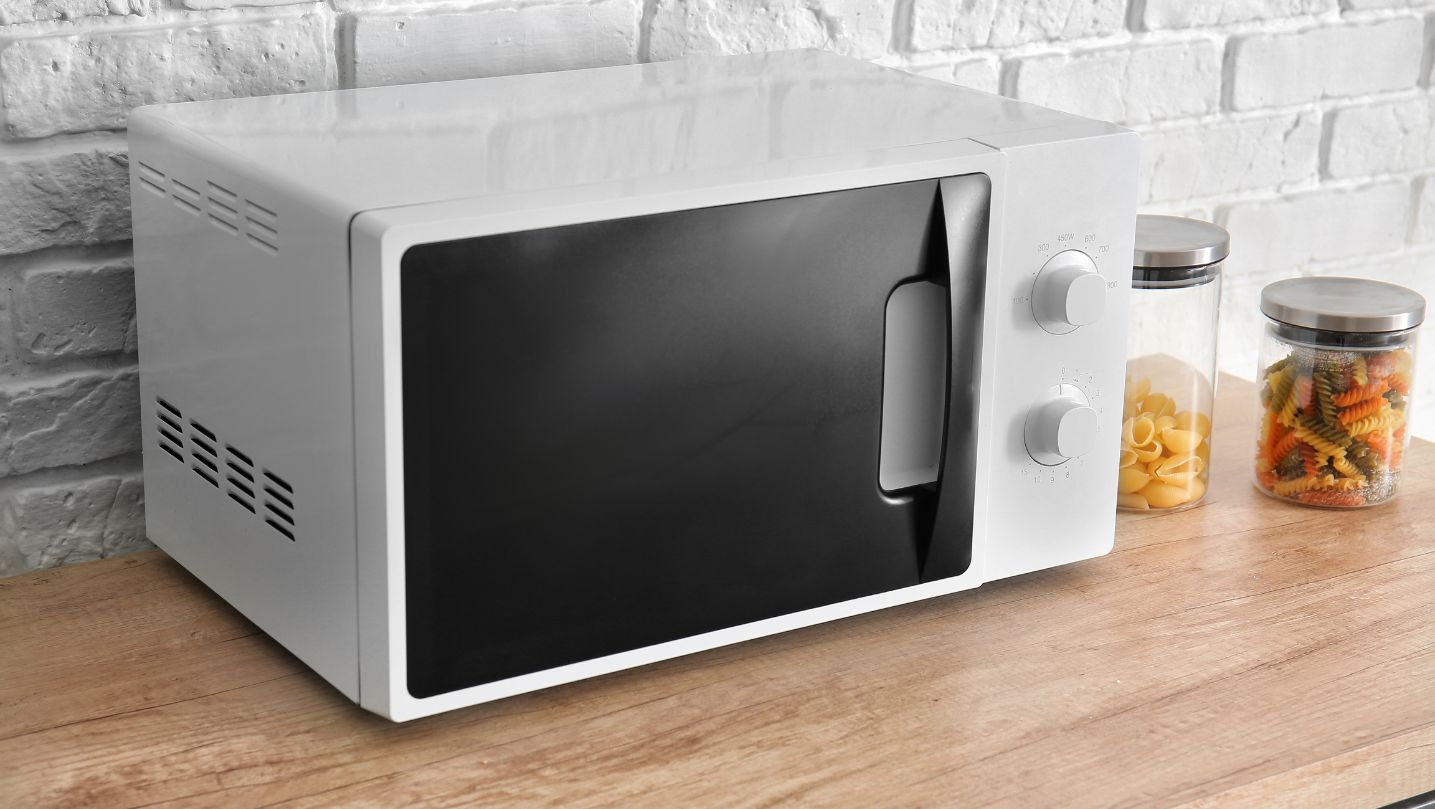
Choosing the Right Microwave-Safe Container
Microwave-Safe Containers: Materials to Look For
When it comes to choosing a microwave-safe container for boiling water, it’s essential to consider the materials used in its construction. Opting for the right material can ensure that your container remains safe and doesn’t leach harmful chemicals into your food or beverages.
Here are some microwave-safe container materials you should look for:
- Glass: Glass containers are a popular choice due to their non-reactive nature and ability to withstand high temperatures. They are also transparent, allowing you to monitor the boiling process easily.
- Ceramic: Ceramic containers, such as those made of porcelain or stoneware, are generally safe for use in microwaves. However, it’s important to check if they have any metallic accents or glazes that could cause sparking.
- Plastic: While plastic is commonly used in microwaveable containers, not all plastics are created equal. Look for containers labeled “microwave-safe” or featuring symbols indicating their suitability for microwave use (more on this later). Avoid using containers that aren’t specifically designed for microwaving, as they may release harmful chemicals when heated.
In summary, allowing your boiled water some resting time before use is an essential step in ensuring safety, proper flavor extraction, and avoiding potential accidents. Take a moment to let it cool down slightly, and you’ll be ready to enjoy your hot beverages or incorporate the boiled water into your recipes with confidence.


